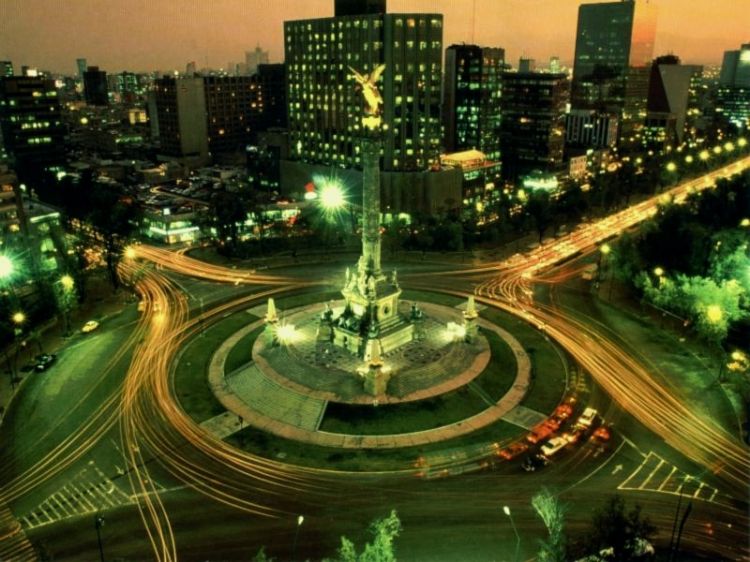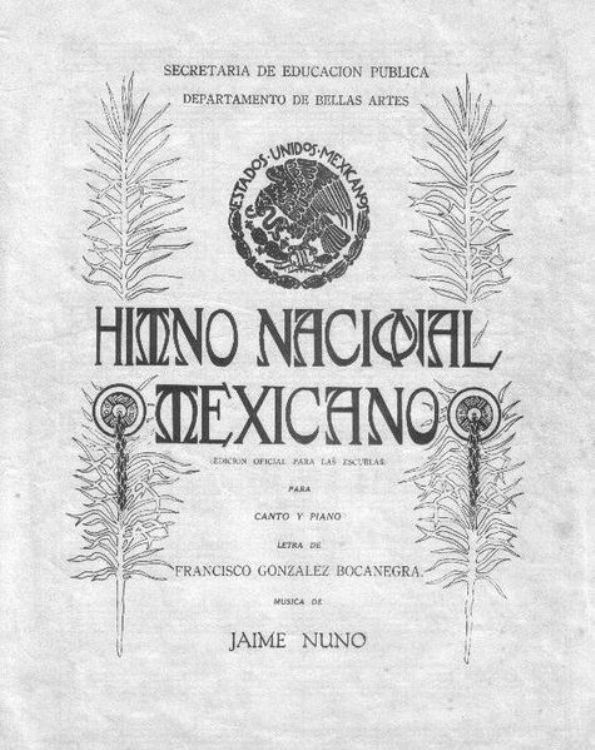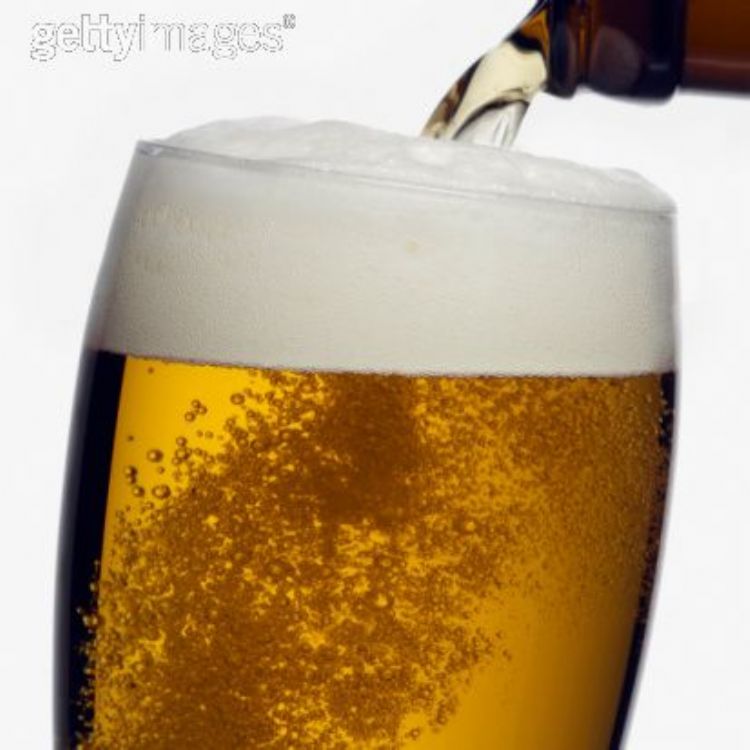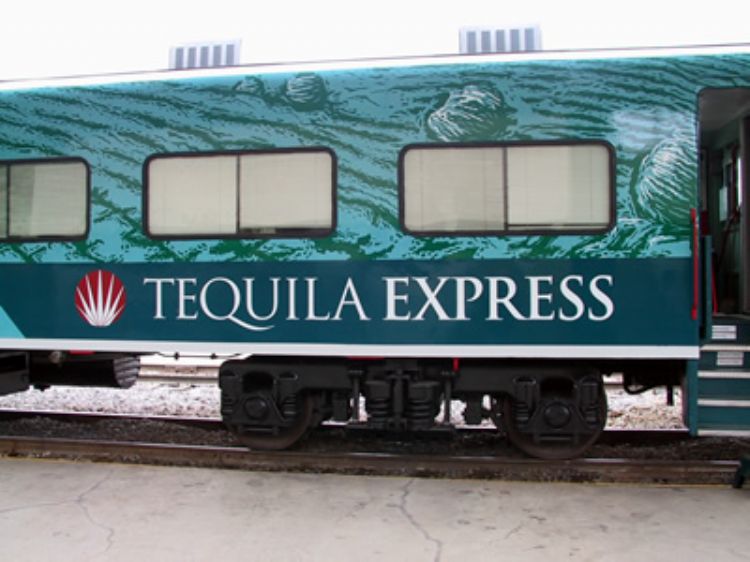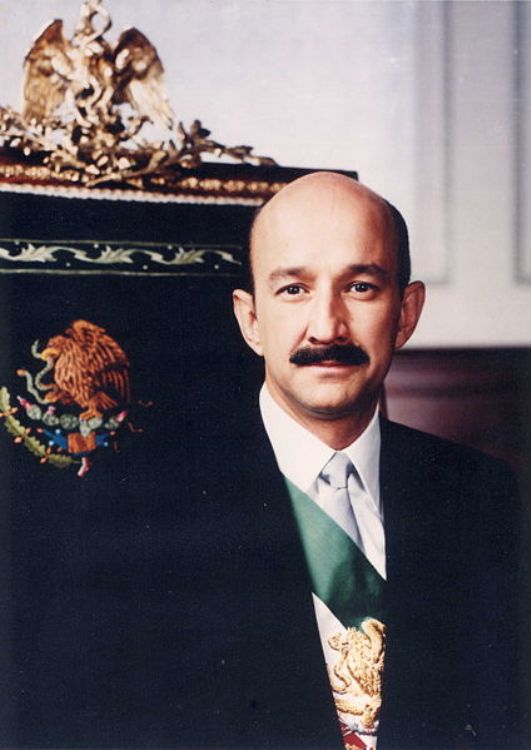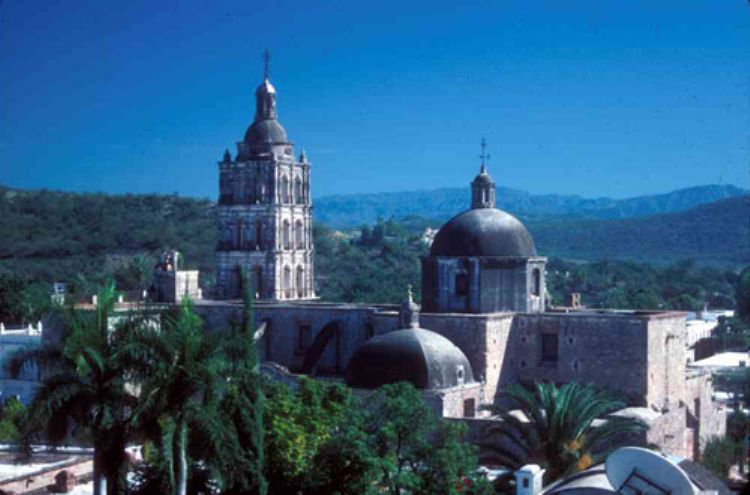Tequila, Jalisco
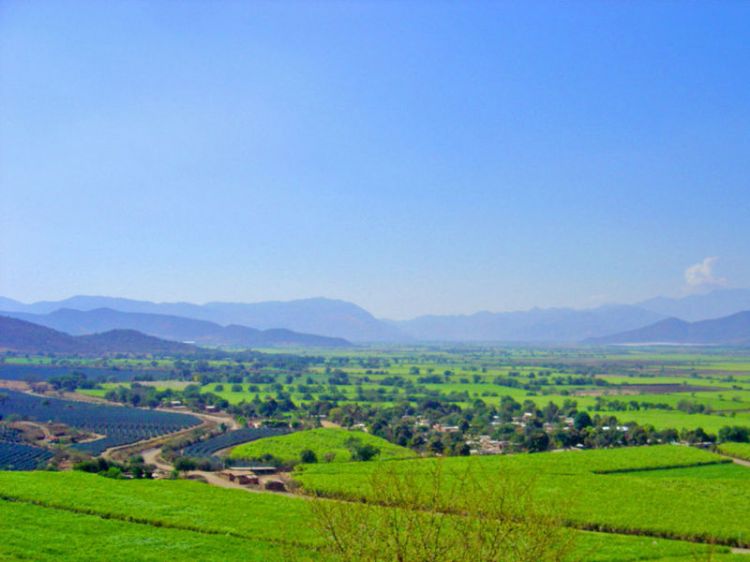
The word âtequilaâ is of Nahuatl origin and means place of tribute. The first dwellers of Tequila in the current State of Jalisco were Chichimec and Otomi, this settlement was called Techinchán, which means place where ropes and traps abound.
The Legend of Mayahuel tells the story of the Mexica goddess of maguey and drunkenness. She was represented as a young woman with a body painted blue that used to peek through a maguey stalk, carrying a double raw cotton rope. She was sometimes represented with a jade nose ring and a clay jar. Mayahuel was a symbol of bad luck and all those who were born in a day related to this goddess would surely have a bad ending. The cotton rope means adultery and perdition, derived from drunkenness.
The legend tells that Mayahuel lived with her grandmother, a Tintzimitl, star that attempted to prevent the sun from coming out. One day, her grandmother didnât see Mayahuel and asked other Tintzimitlis for help in finding her granddaughter. She discovered her as a branch, for which she tore her to pieces and gave the remains to another Tzintzimitl for her to devour. Quetzalcoatl took the remains of the young virgin and buried them. From them came out a maguey plant, from which pulque is extracted. This is why Mayahuel turned into a goddess.
Indian groups were conquered in 1530 by Cristobal de Oñate, who ordered them evangelized immediately by Friar Juan Calero and took them to the Chiquihuitillo Mountain, thus founding the population of Santiago de Tequila on April 15, 1530. In 1541 there was a great revolt between Tequila and other towns in the region, ending in the execution of various friars, including Juan Calero. Then, Viceroy Antonio de Mendoza went there and took control of the situation, ending the revolt.
The fermented agave drink was already being used, but without distillation. It wasnât until the year 1600 when the first agave distillery was founded by Pedro Sánchez de Tagle; thus creating the first tequila producer.
This population is fervently attached to the catholic religion. Farming activities are done with religious images and before rain season, farmers make a pilgrimage in honor of the âLord of Thunderâ, asking for rain without storms so their crops can grow abundantly. After the harvest, the farmers attend church and offer the best corn of their orchard to give thanks during mass. This population celebrates Tequila National Fair from November 29 to December 13. The Virgin of Guadalupe is also celebrated on December 12 with great fervor.
This city is located at 60 kilometers from Guadalajara and its history is closely related to the namesake drink, recognized worldwide as the Mexican drink by excellence. The Tequila Volcano registered its last eruption 6,000 years ago and is more than 3 million years old. The climate at Tequila is semiarid subtropical, with dry and mild winter and spring seasons. The average temperature is 23° C. Rain season is from June to October.
In 1874 Tequila reached the city category. After the fall of Porfirio Diaz in 1911, there began an era of tequila cult as a symbol of Mexican nationalism. Currently, tequila is one of the most important products representing Mexico around the world.
The main economic activity of Tequila is the production of the popular alcoholic drink, recognized worldwide. In July 2006, Tequila was declared World Heritage Site by UNESCO; especially the vast blue agave landscape. Tourists can visit the dozens of distilleries to observe the tequila production process.
We recommend also this article: Tequila Production
Artículo Producido por el Equipo Editorial Explorando México.
Copyright Explorando México, Todos los Derechos Reservados.
Foto: Wikipedia.org

